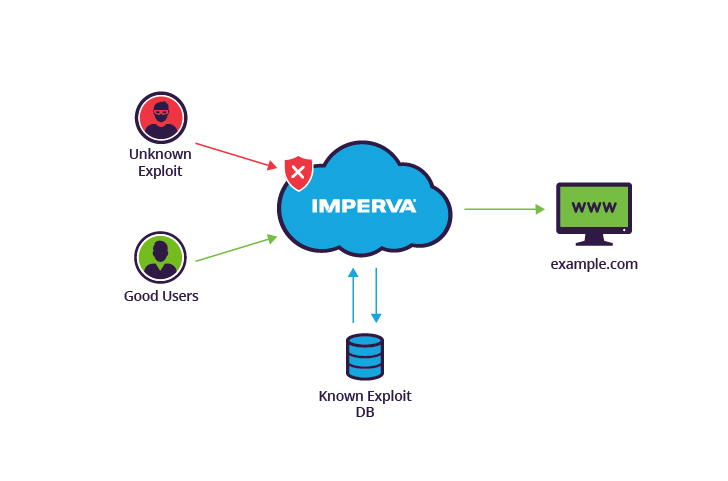Table of Contents

t1b: A manipulate becomes active. t2: Many vulnerable systems have used the spot. Thus the formula for the size of the window of susceptability is: t2 t1b. In this formula, it is always real that t0 t1a, and t0 t1b. Note that t0 is not the like day zero.
For typical vulnerabilities, t1b > t1a. This suggests that the software program supplier recognized the susceptability and had time to release a security patch (t1a) before any hacker might craft a convenient exploit (t1b). For zero-day ventures, t1b t1a, such that the manipulate ends up being active prior to a patch is made readily available.
It has been recommended that a solution of this kind may be out of reach since it is algorithmically difficult in the basic situation to analyze any arbitrary code to determine if it is harmful: as such an analysis lowers to the halting problem over a linear bounded robot, which is unresolvable.
Banking Security for Beginners
Many modern anti-viruses software still uses signatures however additionally accomplishes various other kinds of analysis. [] In code analysis, the machine code of the data is analysed to see if there is anything that looks questionable. Usually, malware has particular practices; code analysis tries to discover if this exists in the code.
An additional constraint of code analysis is the time and resources available. In the competitive world of antivirus software, there is constantly an equilibrium in between the effectiveness of analysis and the time hold-up entailed.
This can be orders of magnitude faster than examining the very same code, yet should withstand (and find) attempts by the code to identify the sandbox. Common trademarks are signatures that are certain to certain behaviour instead than a details item of malware. The majority of brand-new malware is not completely novel, yet is a variation on earlier malware, or has code from one or even more earlier instances of malware.
7 Simple Techniques For Security Consultants
Hosted in a safe and secure and durable cloud atmosphere, Our modern, scalable remedies are designed to increase advancement and aid banks provide the experiences users demand currently and in the future. We provide public and private hybrid cloud hosting services, with releases both in our own completely repetitive and very offered data centers based in the USA, also on the AWS public cloud, operating 24-hour a day, 365 days a year, under the most strenuous top quality and security requirements.
The cash conversion cycle (CCC), also called the net operating cycle or cash money cycle, is a statistics that expresses, in days, how long it takes a business to convert the money invested in stock back into money from offering its product or service. The shorter the money cycle, the much better, as it indicates much less time that cash money is bound in balance dues or supply.
This metric considers exactly how much time the business requires to offer its stock, just how much time it requires to gather receivables, and just how much time it has to pay its costs. The CCC is one of several measurable steps that aid examine the efficiency of a business's procedures and management.
7 Simple Techniques For Security Consultants
One need to keep in mind that CCC uses just to select industries based on supply administration and related procedures. The cash money conversion cycle (CCC) is a statistics that expresses the size of time (in days) that it takes for a firm to convert its financial investments in stock and other sources right into cash flows from sales.
g., year = 365 days, quarter = 90) The first phase concentrates on the existing inventory level and stands for how lengthy it will certainly consider the company to sell its inventory. This figure is computed by utilizing the days inventory superior (DIO). A reduced value of DIO is chosen, as it indicates that the company is making sales quickly, suggesting much better turnover for business.

Stock=21(BI+EI)BI=Beginning supply, EI=Ending inventory The second phase focuses on the existing sales and represents how much time it requires to collect the cash produced from the sales. This number is calculated by utilizing the days sales superior (DSO), which splits typical receivables by profits per day. A reduced value is chosen for DSO, which indicates that the company is able to accumulate resources quickly, in turn boosting its cash money setting.
Things about Banking Security
Accounts Receivable=21(BAR+EAR)BAR=Beginning AREAR=End AR The third phase concentrates on the existing exceptional payable for business. It considers the amount of money that the firm owes its existing suppliers for the inventory and items it acquisitions, and it represents the duration in which the firm must repay those commitments.
Increasing sales of supply for profit is the key way for a company to make even more incomes. Just how does one sell more things? If cash is easily available at routine intervals, after that one can create more sales for profits, as constant accessibility of capital brings about more products to make and market.
A firm can additionally sell products on credit report, which leads to balance dues (AR). Consequently, money isn't a variable until the firm pays the accounts payable and collects the accounts receivable. Timing is therefore an important aspect of money administration. CCC traces the life process of cash money used for service task.
Indicators on Security Consultants You Should Know
CCC might not give significant reasonings as a stand-alone number for a given period. Experts utilize it to track a business over numerous time durations and to contrast the company to its competitors. Tracking a firm's CCC over several quarters will show if it is enhancing, maintaining, or worsening its operational effectiveness.
Navigation
Latest Posts
Diy Plumbing around me Jacksonville
Should I Plumb My Own Home close to Jacksonville, Florida
Should I Plumb My Own Home close to Jacksonville